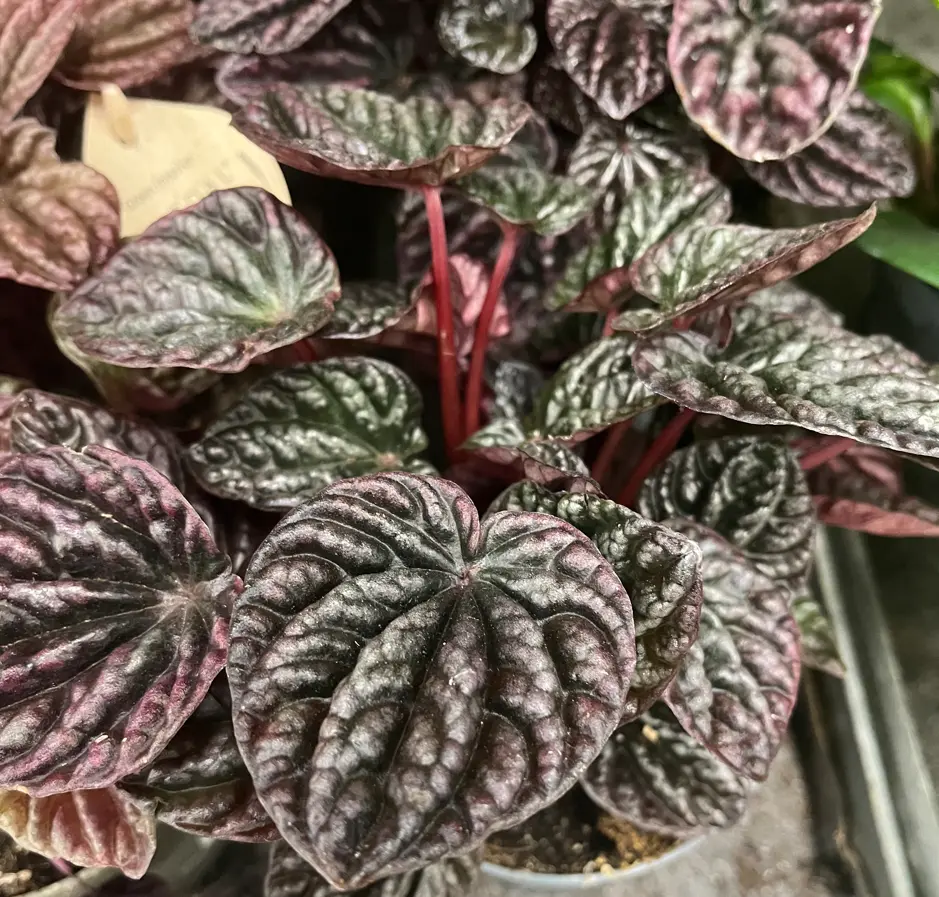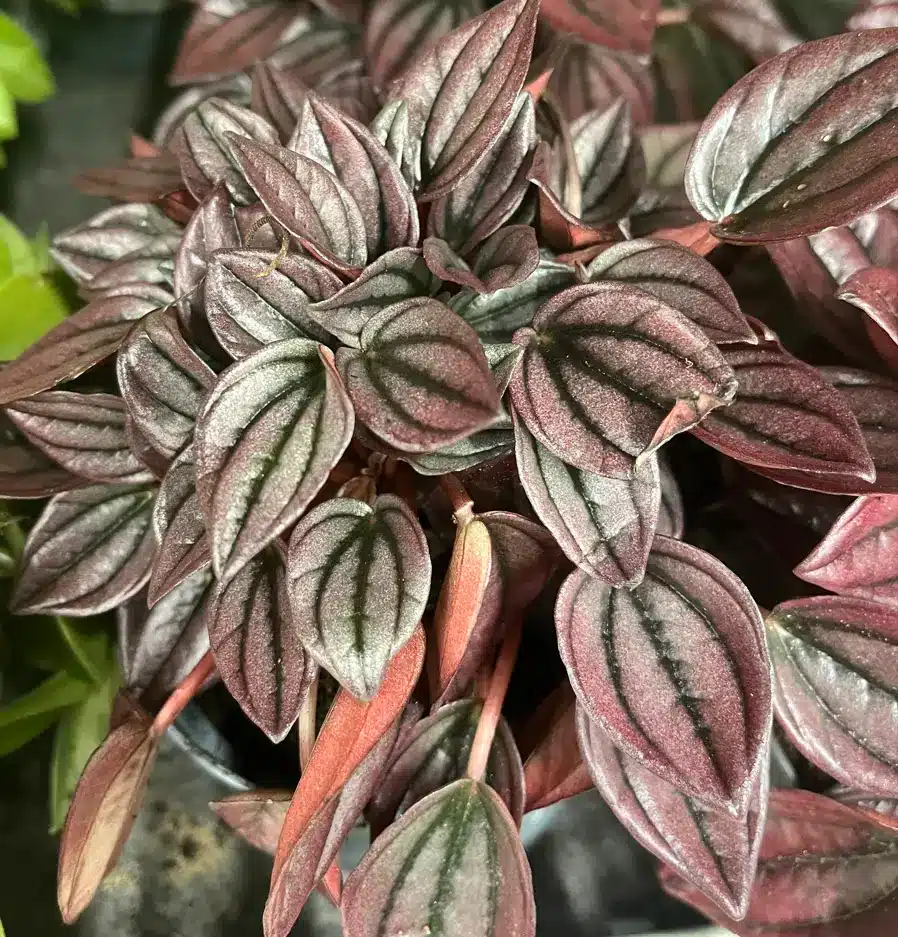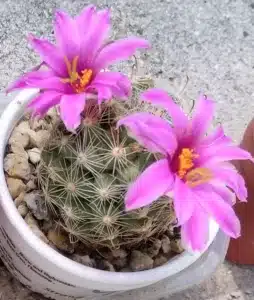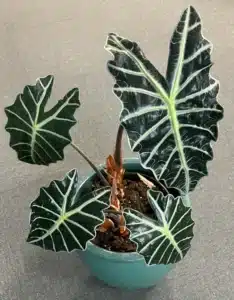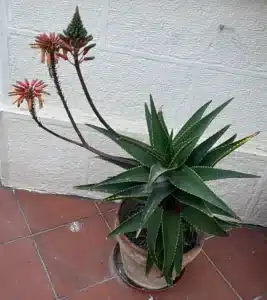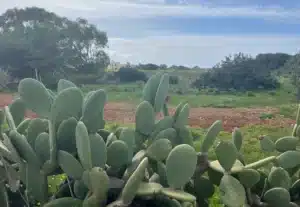
FAQ - Peperomia species
Most frequent questions and answers
It’s best to avoid planting different Peperomia varieties in the same pot, as their care requirements may vary. Mixing species could lead to uneven watering or lighting conditions, affecting their overall health.
Yellowing leaves can be a sign of overwatering, poor drainage, or nutrient deficiencies. Adjust your watering schedule, ensure proper drainage, and consider fertilizing if needed. Trim any yellowed leaves to promote new growth.
Gently wipe the leaves with a damp cloth to remove dust and keep the foliage clean. Avoid using leaf shine products, as they can clog the plant’s stomata and hinder its ability to breathe

